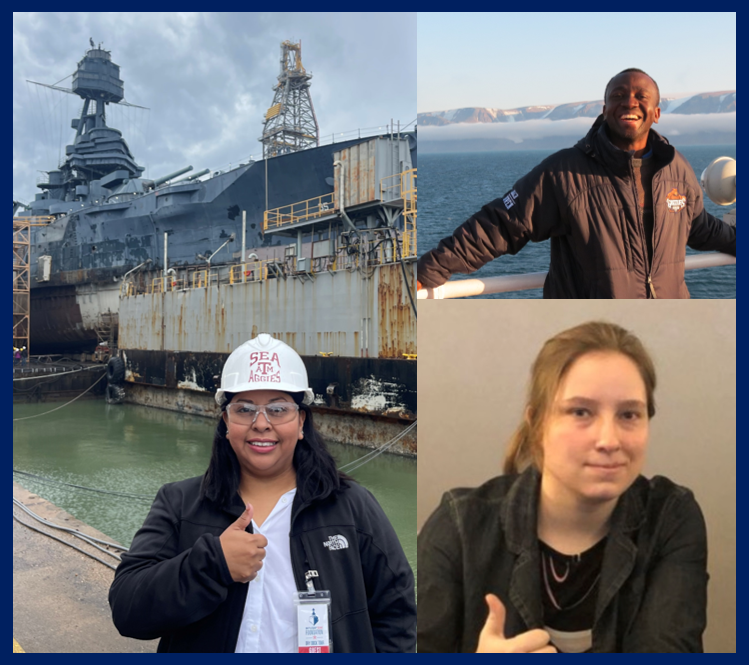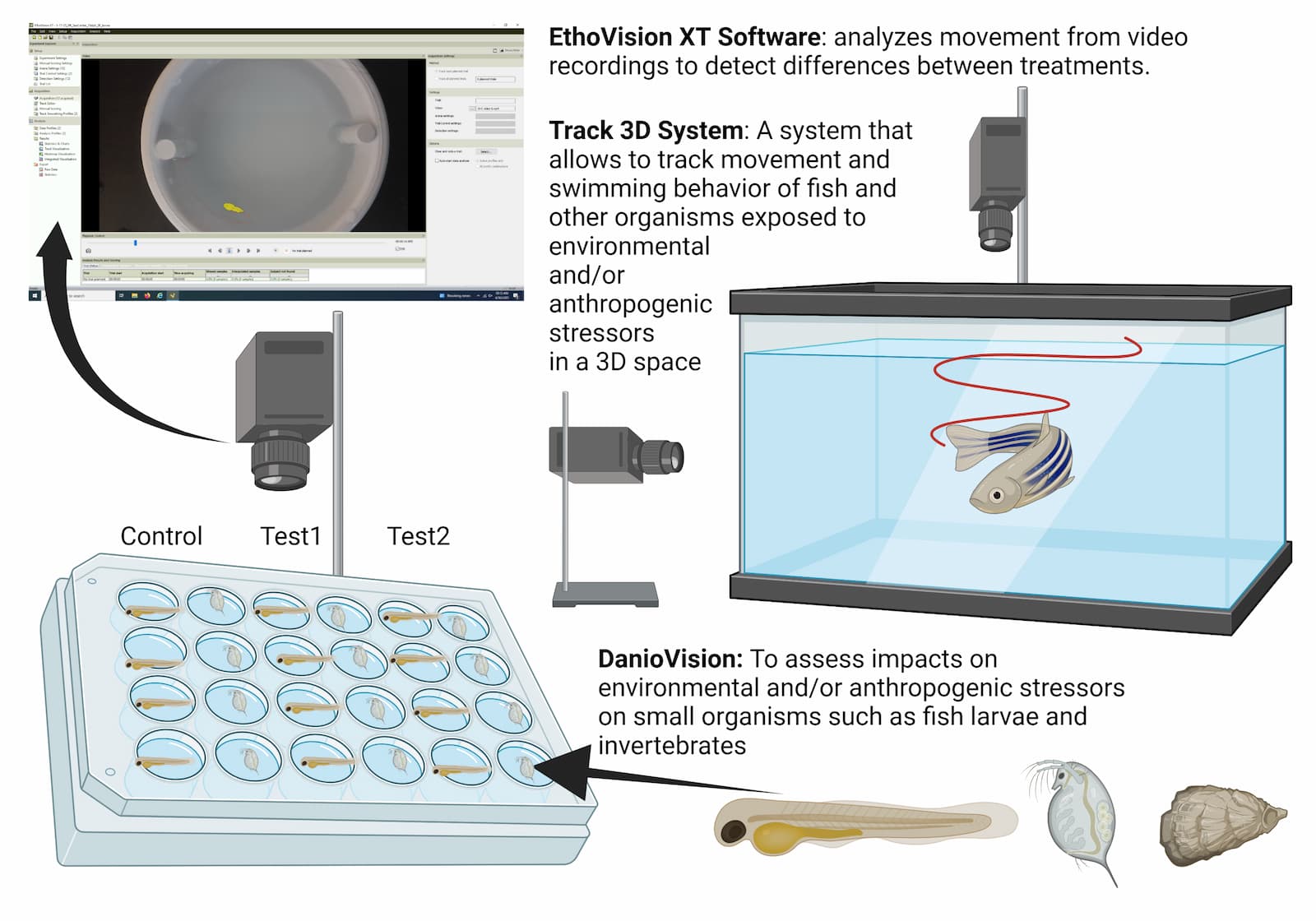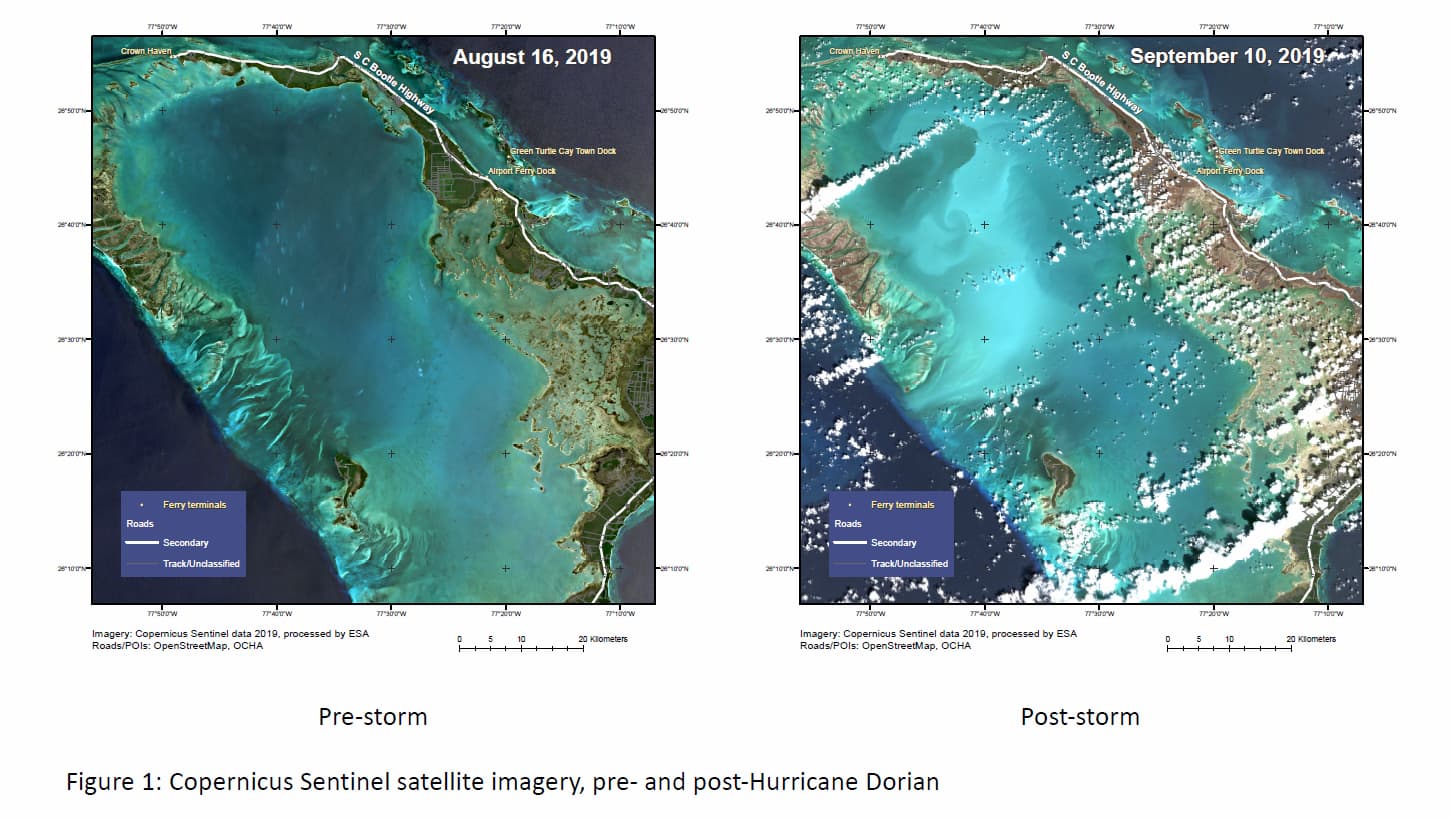Texas Comprehensive Research Funds
TCRF 2023
Each year, the Texas Legislature provides funds to increase the research capacity of the Galveston Campus. Applications, submitted by research faculty, are collected every year between January-March. All submissions go through a rigorous process conducted by the Research Advisory Council, ensuring funds are allocated properly. Congratulations to our 2023 grant recipients!
- Developing a decision-making tool for maritime cyber breaches
- Accelerated Solvent Extraction for Stable Isotope Analysis and Environmental Pollution Monitoring
- The use of Chromatin Immuno-precipitation (ChIP) to study adaptive protein-gene networks in fish
- Triple Quadrupole LC/MC System
- Underwater Image Enhancement for Autonomous Underwater Vehicle-based Ocean Wastes Cleanup
- Development of High-frequency Framework of Monitoring Ecosystem Indicators
- Using DanioVision, Track3D, and Social Interaction systems to assess southern flounder (Paralichthys lethostigma) larval swimming behavior to optimize larvae culture conditions
- Acquiring Hurricane Dorian MAXAR Imagery for Coastal Resilience Research
- Understanding the history of one of the most important economic sectors along the Texas Coast: the fishing industry
Developing a decision-making tool for maritime cyber breaches
Dr. Mawuli Afenyo
This research will develop a multi-period economic impact assessment tool for cyber-attacks in maritime business systems. This is to help address the importance of spatially explicit and scenario-specific cyber risk assessment in business systems. The development of this tool has become necessary because when a cyber-attack occur, the impacts need to be evaluated rapidly, which requires a dynamic and interactive tool that could be easily updated and modified in response to advancing knowledge and the evolving character of the threat. The major aims of this research include i) understanding the factors affecting the economic impacts of cyber-attacks in maritime business systems; ii) developing a tool that evaluates the opportunity cost of implementing available response techniques for cyber security management; iii)developing transferable methodological tools, guidelines, and frameworks to support decision-making. The efforts towards the current TCRF project will be on aim # 1.

Afenyo working group: Dr. Afyeno (top right) and student from Maritime Business Administration program, Jessica (left) and Christina (bottom right).
For more information contact: mawulikplimi@tamug.edu
Accelerated Solvent Extraction for Stable Isotope Analysis and Enviromental Pollution Monitoring
Dr. Anna R. Armitage, Dr. Christopher Marshall, Dr. David Hala, Dr. R.J. David Wells
TCRF funds will go towards the purchase of a Dionex Accelerated Solvent Extractor (ASE) 350 to replace an old unit that can no longer be serviced. This instrument will improve the research capabilities of TAMUG by advancing two key areas of study linked to TAMUG’s Blue Economy Strategic Plan: (1) Preparing samples for the measurement of stable isotopes of common elements in plant and animal tissue. Stable isotopes are a powerful tool for assessing the diets of key marine species, and for evaluating changes in food web structure in response to environmental change. (2) Measuring bioaccumulated pollutants in fish tissues or sequestered in sediments by effectively isolating the pollutants from the complex matrices of biological tissues (liver or muscle) or from sediments.
For more information contact: ArmitagA@tamug.eduThe use of Chromatin Immuno-Precipitation (ChIP) to study adaptive protein-gene networks in fish
Dr. David Hala & Dr. Lene Petersen
Blue Economy strategic vision by enabling the analysis of how natural or human-made stressors impact fish health. Such work contributes to resilient coastal communities as it allows the discovery of molecular biomarkers that can serve as early-warning indicators for adverse effects in aquatic wildlife (especially in coastal ecosystems that may have a disproportionately higher exposure to environmental pollutants).
For more information contact: HalaD@tamug.eduTriple Quadrupole LC/MS System
Dr. Karl Kaiser
The triple quadrupole LC/MS equipment builds critical capacity to engage in research focused on coastal resilience and exploration of fundamental processes in aquatic environments and the oceans. In particular, the detector will be used to measure black carbon biomarkers in environmental samples. Black carbon biomarkers will allow the measurement and quantification of fire impacts on carbon cycling in natural environments. This is critical for resolving how fire frequency coupled to droughts and flooding affect coastal carbon and element cycling.
For more information contact: KaiserK@tamug.edu
Underwater Image Enhancement for Autonomous Underwater Vehicle-based Ocean Wastes Cleanup
Dr. Irfan Khan
For cleaning the ocean, the AUVs use vision-based systems, which are a good option since they offer cheap cost, high speed, and high-resolution picture acquisition. The fundamental difficulty in deploying AUVs for garbage cleanup is that the undersea environment, such as water density, turbidity, and color attenuation, directly affects optical sensor accuracy and hence affects the maneuverability of AUVs inside the water bodies and results in poor visibility. Most of the beaches, including Galveston, are notorious as the beaches are not very clear and clean. Moreover, the water near Seawall beaches is also polluted. The water of Galveston beach is brown and not squeaky blue clean. Since the underwater video and image that we capture are dependent on the above-stated conditions, including the quality of the beach and the quality of the ocean water, the image and video captured cannot be used for detecting microplastics that are small, and hence the effectiveness of the AUV will be compromised.
The proposed idea is to use a Generative Adversarial Network (GAN) to tackle this problem. The GAN model is a state-of-the-art machine-learning model that takes in the low-quality camera feed from the AUV and outputs an improved version of the camera feed. The proposed model directly reconstructs the clear underwater image rather than calculating the parameters of the underwater imaging model. The proposed method has never been used for underwater video quality improvement. The results look almost waterless as if the images had been taken on land. The AUV will then use the improved and clear camera feeds obtained from GAN to effectively distinguish between microplastic and aquatic life and detect and locate underwater waste.
For more information contact: IrfanKhan@tamug.eduUsing DanioVision, Track3D and Social Interaction systems to assess southern flounder (Paralichthys lethostigma) larval swimming behavior to optimize larvae culture conditions
Dr. Lene Petersen & Dr. David Hala
TCRF funds will go towards the purchase of behavioral instrumentations to study behavior and social interactions in adult and larval southern flounder (and other aquatic organisms). The equipment purchased will enhance the research capability at TAMUG and support its Blue Economy strategic vision by providing fast and reliable assessments of behaviors of southern flounders (and other aquatic organisms) that can inform of how environmental/anthropogenic stressors and/or culture conditions impact health and welfare of aquatic organisms. Many aquatic organisms are economically and ecologically important in the Gulf of Mexico and local stake-holders such as TPWD staff and other mariculture personnel are seeking methods to optimize larval and brood stock batches in hatchery operations. The instruments can further be used for wild aquatic organisms as it allows for the use of non-invasive methods to inform of how natural and man-made stressors impact behaviors essential for coping with changing environments.

Illustration of experimental design implementing the newly acquired softwares. Created on BioRender.
For more information contact: PeterseL@tamug.edu
Development of High-Frequency Framework of Monitoring Ecosystem Indicators
Dr. Hui Liu
Climate induced hurricanes have imposed unprecedented threats to Texas estuaries. An integrated approach of monitoring estuarine ecosystems is promising through the development of sensitive and broadly applicable indicators. Traditional net-based sampling is expensive and labor-intensive, which often results in delayed data availability to managers and stakeholders for decision making. This is a pilot project to build up a framework of high-frequency and long-term data collection on ecosystem indicators in Texas estuaries. In this project, field sampling and laboratory work will be conducted in Summer 2023 to evaluate the potential of the high-frequency data collection using advanced equipment later for further deployment in the Texas waters. Requested TCRF funds will support to lay a foundation for further development of the pilot project for seeking external funds from state and federal agencies in the near future. Graduate-, undergraduate- and REU students will be involved in the field and lab research.
For more information contact: LiuH@tamug.eduAcquiring Hurricane Dorian MAXAR Imagery for Coastal Resilience Research
Dr. David Retchless
The funding will support obtaining and pre-processing high-resolution satellite imagery captured for the Bahamas immediately before and after Hurricane Dorian (2019), with a goal of using this dataset to apply for external funding to investigate disaster impacts and resilience. Specifically, these data are needed to launch research that will use remote sensing techniques to evaluate impacts of the storm on Bahamian human and natural systems, including landcover change, identification of debris types and locations, and changes to terrestrial and aquatic geochemistry and ecosystems. Figure 1 shows evidence of many of these changes using lower resolution Copernicus Sentinel imagery. MAXAR provides free access to download the high spatial resolution (0.5m) imagery need to support these analyses; however, it is provided in thousands of separate files and requires pre-processing to mosaic the images and to correct for the effects of atmospheric phenomena (e.g., clouds). This funding will support downloading and pre-processing of this satellite imagery for use in future research papers and proposals for external funding.

For more information contact: RetchleD@tamug.edu
Understanding the history of one of the most important economic sectors along the Texas Coast: the Fishing Industry
Dr. Thomas Blake Earle
During the 1970s Vietnamese refugees flocked to the Texas coast settling in places like Seabrook, Seadrift, and Rockport, to find, at last, peace and stability. They also found work in the state’s fishing industry. Texas fishermen resented the newcomers as more competition for a resource that was already under strain. By decade’s end, violence had erupted. This project explores the environmental origins of this conflict. The bays of Texas had been fished extensively for decades and the rapid development of the petrochemical industry along the coast had left those waters toxic. This story traces its roots to the depths of the bays, to the discovery of oil at Spindletop, and even to Vietnamese fishing villages half a world away to understand why Vietnamese and white fishermen came to blows.
For more information contact: tbe@tamug.edu